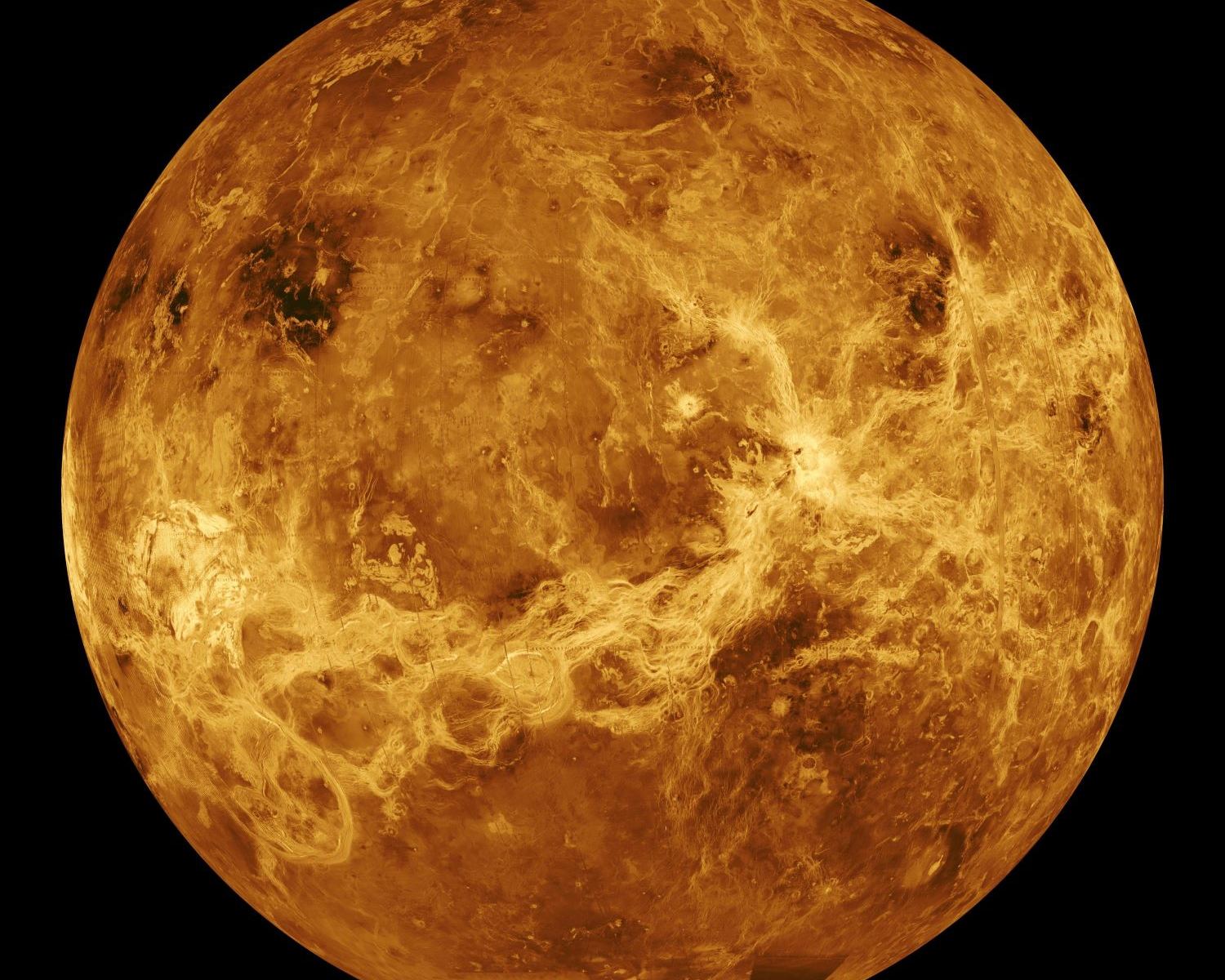I don’t think it’s something I have ever really thought of! Robotic explorers can travel around the Solar System visiting our neighbouring planets but when they arrive, sometimes a scientific package must be deployed to the surface. Never occurred to me just how that’s achieved! With a number of landers scheduled to visit the Moon, NASA are testing a new robotic arm called the Lightweight Surface Manipulation System AutoNomy capabilities Development for Surface Operations or LANDO for short! It will lift payloads off the lander and pop them down gently on the surface of the Moon.
Continue reading “Unloading Cargo on the Moon”Unloading Cargo on the Moon










